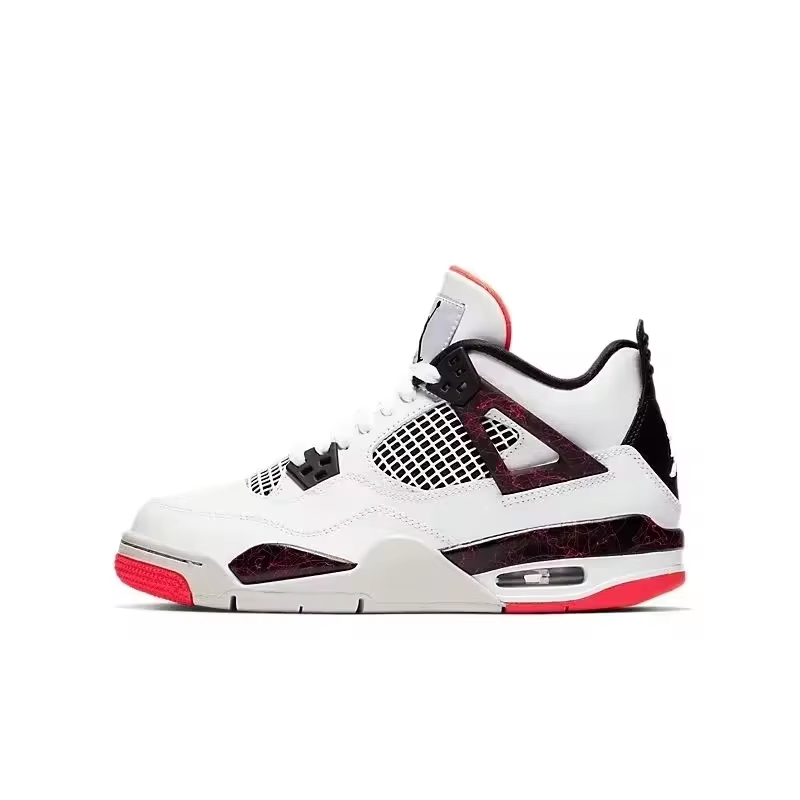
Choosing the Best Sneakers for Your Lifestyle
Why the “Best Sneakers” Are Subjective
The term “best sneakers” is inherently subjective because it depends on individual needs, lifestyles, and physical characteristics. For instance, a runner prioritizes cushioning and lightweight materials, while someone with plantar fasciitis seeks support and shock absorption. A sneaker praised as “the best” for one person might be ineffective for another. To navigate this complexity, start by understanding your primary use case:
- Activity-Specific Needs: Running, walking, casual wear, or workouts.
- Foot Type: High arches, flat feet, or wide toes.
- Medical Conditions: Pronation issues, Achilles tendonitis, or best sneaker plantar fasciitis requirements.
- Budget: High-end brands like Nike vs. affordable options such as Hoka One One.
Transition: Once you identify your priorities, evaluating features like cushioning, stability, and breathability becomes easier.
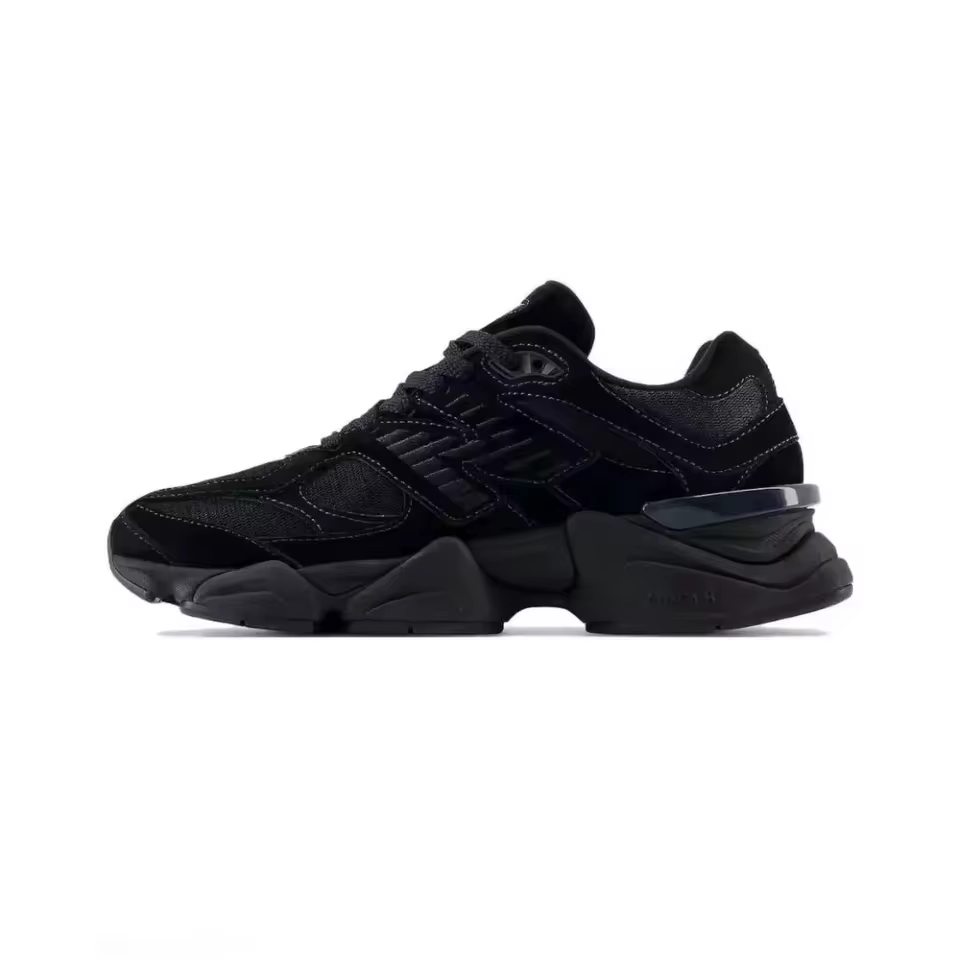 Key Features to Look for in the Best Sneakers
Key Features to Look for in the Best Sneakers
The “best sneakers” must balance functionality and comfort. Here’s what to prioritize:
- Cushioning Technology:
- Lightweight Cushioning: Ideal for runners (e.g., Brooks Ghost).
- Stability Cushioning: For overpronators (e.g., Asics Gel-Kayano).
- Orthopedic Support: Crucial for conditions like plantar fasciitis (e.g., Dansko clogs with removable insoles).
- Arch Support:
- High-arched feet benefit from midsole padding to reduce stress.
- Flat feet need structured support to prevent rolling inward.
- Breathability:
Mesh uppers are essential for sweaty feet or hot climates. - Traction:
Outsole patterns matter for uneven terrain (e.g., trail running) or indoor workouts.
Transition: Understanding these features helps narrow down options, but brand reputation also plays a role.
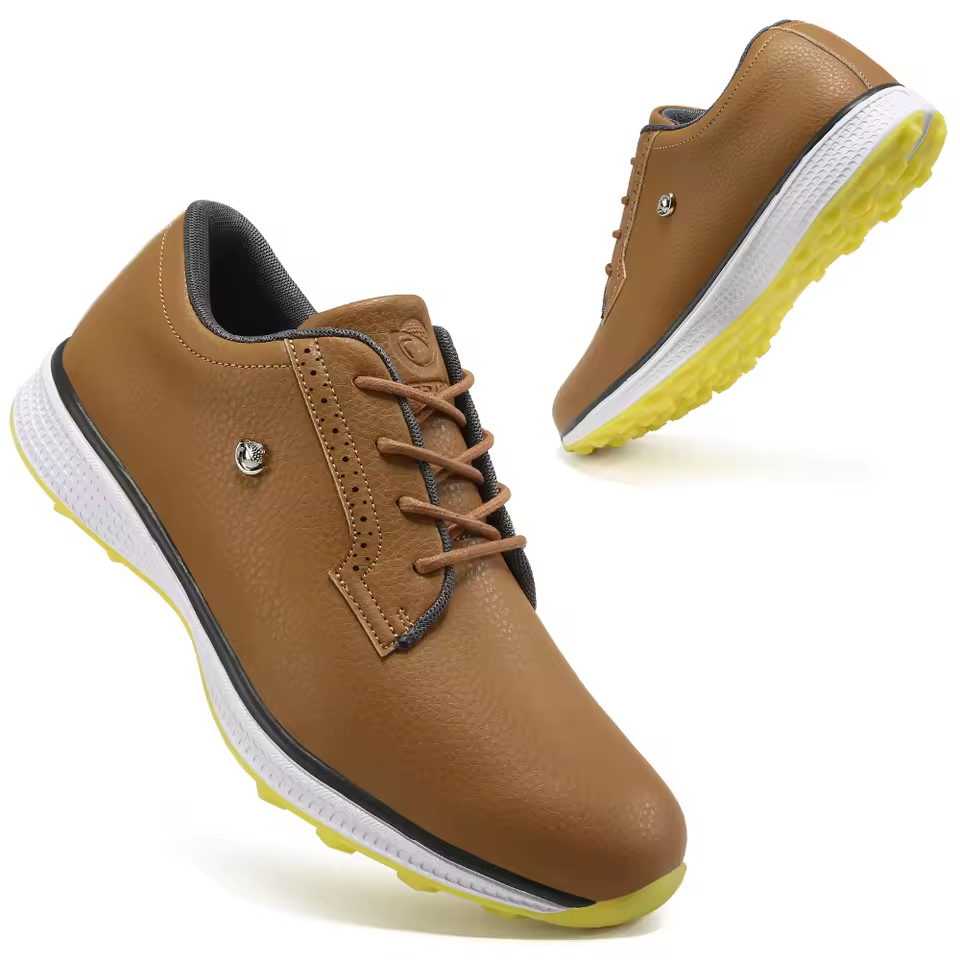 Top Brands in the “Best Sneakers” Category
Top Brands in the “Best Sneakers” Category
The “best sneakers” market is dominated by brands that combine cutting-edge technology, ergonomic design, and a deep understanding of biomechanics. Below is an in-depth analysis of the top contenders, their signature technologies, and how they cater to diverse needs like running, walking, and medical conditions such as plantar fasciitis.
3.1. Nike: Innovating Performance and Style
Nike’s dominance in the “best sneakers” category stems from relentless innovation and a focus on athlete-centric design.
- Key Technologies:
- Zoom Air: Responsive bladder units in the midsole (e.g., Nike Vaporfly) for elite runners.
- React Foam: Lightweight, durable cushioning in models like the Nike React Infinity Run.
- Flyknit: Breathable, form-fitting uppers (e.g., Nike Pegasus Turbo 5) for minimalists.
- Product Highlights:
- Nike Air Zoom Pegasus 39: A neutral running classic praised for smooth transitions and affordability.
- Nike Epic React Flyknit: Ideal for daily walks or casual use with soft, springy foam.
- Nike Metcon: A top choice for CrossFit athletes needing stability during lifts.
- Why They’re the “Best Sneakers” for Runners:
Nike’s data-driven approach (e.g., using motion-capture tech to design midsoles) ensures optimal energy return. Runners report reduced fatigue over long distances, especially in the Vaporfly series. - User Feedback:
“The Pegasus feels like a second skin—it’s my go-to for marathons.” — Marathon runner, Reddit review.
3.2. Adidas: Boost™ Technology and Sustainability
Adidas redefined cushioning with its boost™ foam, making it a leader in comfort and eco-conscious design.
- Key Technologies:
- boost™: Energy-returning pellets in the midsole (e.g., UltraBoost 22) for responsive strides.
- Ortholite Insoles: Moisture-wicking and antimicrobial properties in lifestyle sneakers.
- Primeknit: Adaptive upper material (e.g., Ultraboost X) for a sock-like fit.
- Product Highlights:
- Adidas Ultraboost 22: The “best sneakers” for everyday wear, blending style and comfort.
- Adidas Terrex Swift Run: Lightweight trail-running shoes with grippy outsoles.
- Adidas Continental 80: A retro-inspired sneaker with modern cushioning for casual use.
- Sustainability Efforts:
Adidas’s partnership with Parley for the Oceans incorporates recycled ocean plastic into shoe uppers, appealing to eco-conscious buyers. - Why They’re the “Best Sneakers” for Casual Wearers:
The Ultraboost series balances aesthetics and comfort, making them ideal for urban environments.
3.3. Hoka One One: Maximalist Cushioning for Longevity
Hoka’s “maximalist” approach—thick midsoles and pronounced cushioning—has cemented its place in the “best sneakers” category for endurance athletes.
- Key Technologies:
- Meta-Rocker: A curved midsole that propels the foot forward (e.g., Hoka Clifton 9).
- EVA Foam: Lightweight, durable material in models like the Speedgoat 8 for trail runners.
- Product Highlights:
- Hoka Clifton 9: The “best sneakers” for daily runs, praised for plush cushioning without bulk.
- Hoka Bondi 10: A versatile option for overpronators needing stability.
- Hoka Challenger ATR 9: A trail-running staple with aggressive traction.
- Why They’re the “Best Sneakers” for Injury Prevention:
Runners with joint issues (e.g., knee pain) report reduced impact due to Hoka’s elevated cushioning. - User Feedback:
“After switching to Hoka, my plantar fasciitis flares-ups decreased significantly.” — Amazon review.
 3.4. Saucony: Precision Engineering for Foot-Specific Needs
3.4. Saucony: Precision Engineering for Foot-Specific Needs
Saucony caters to niche markets with technologies tailored to foot shape and gait patterns.
- Key Technologies:
- ISOFit System: Adjustable straps for a customized fit (e.g., Saucony Excelsior ISO).
- EVERUN Midsole: Continuous cushioning in the Triumph ISO series for long-distance comfort.
- Product Highlights:
- Saucony Kinvara 15: A minimalist “best sneakers” for neutral runners seeking a barefoot feel.
- Saucony Guide 15: Stability-focused for overpronators, with a dual-density midsole.
- Saucony Omni 2: A wide-fit sneaker praised for accommodating bunions or toe splay.
- Why They’re the “Best Sneakers” for Wide Feet:
The Omni series offers roomy toe boxes and accommodates foot deformities, earning praise from podiatrists.
3.5. New Balance: Durable Support for Everyday Use
New Balance blends classic Americana style with robust support, making it a favorite for both runners and casual wearers.
- Key Technologies:
- Fresh Foam: Responsive cushioning in the 1080v14 for a plush ride.
- ENCAP Midsole: Rigid support for motion control (e.g., 860v16 for flat feet).
- Product Highlights:
- New Balance 1080v14: The “best sneakers” for marathoners needing energy return and durability.
- New Balance 990v5: A retro-style sneaker with breathable mesh and responsive foam.
- New Balance 928v6: A wide-fit option with a roomy toe box and arch support.
- Why They’re the “Best Sneakers” for Flat Feet:
The 860v16 series features dual-density midsoles and medial posts to control pronation, reducing strain.
3.6. Brooks: Data-Driven Support for Every Mile
Brooks leverages athlete data to design shoes that adapt to individual biomechanics.
- Key Technologies:
- DNA Loft Foam: Lightweight cushioning in the Ghost series for a smooth ride.
- GuideRails System: A framework that aligns the body for efficient strides (e.g., Brooks Adrenaline GTS 21).
- Product Highlights:
- Brooks Ghost 15: A top pick for neutral runners, balancing cushioning and responsiveness.
- Brooks Cascadia 18: Durable trail-running shoes with sticky rubber outsoles.
- Brooks Launch 8: A minimalist “best sneakers” for speed-focused workouts.
- Why They’re the “Best Sneakers” for Injury Recovery:
The Adrenaline GTS series is recommended by physical therapists for post-injury rehabilitation.
3.7. Skechers: Comfort Meets Orthopedic Support
Skechers targets casual users and those with medical needs like plantar fasciitis, offering plush cushioning at an affordable price.
- Key Technologies:
- Memory Fit Technology: Adaptive insoles in the GoWalk line for all-day comfort.
- CloudFoam: Lightweight, responsive cushioning in the D’Lites series.
- Product Highlights:
- Skechers GOwalk 5: The “best sneakers” for daily walks, praised for a rocker-bottom sole that reduces knee strain.
- Skechers Performance D’Lites: A stylish choice for best sneaker plantar fasciitis needs, featuring stiff soles to limit foot flex.
- Skechers Shape-Ups: Balance training sneakers for strengthening foot muscles.
- Why They’re the “Best Sneakers” for Budget-Conscious Buyers:
Skechers delivers premium comfort at half the price of luxury brands, making it ideal for families or occasional runners.
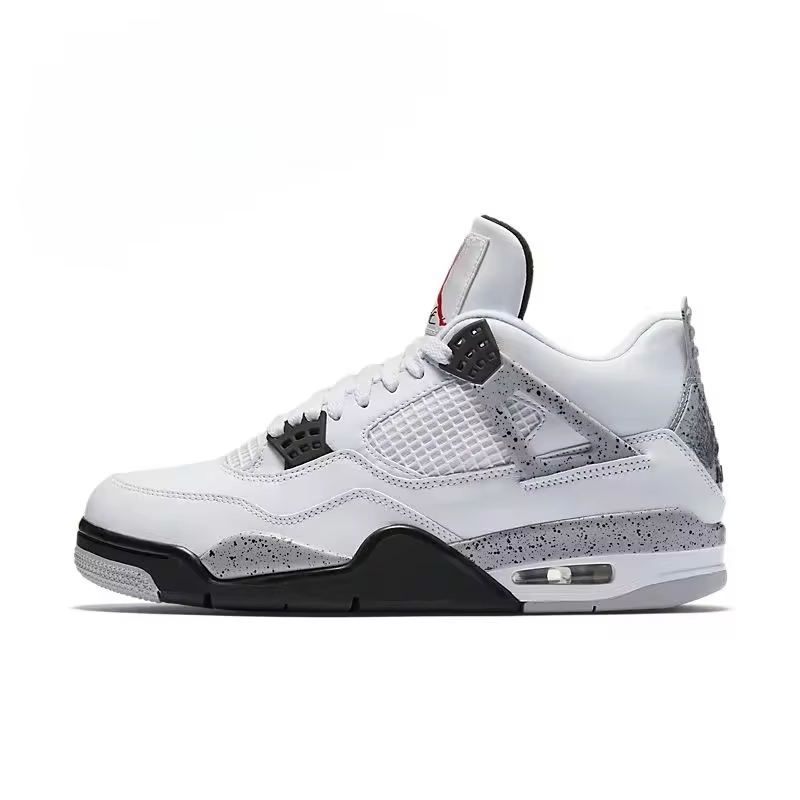 How to Identify the Best Sneakers for Specific Foot Types
How to Identify the Best Sneakers for Specific Foot Types
Foot structure profoundly influences comfort and support. Customize your search using these guidelines:
- Low Arches/Flat Feet:
- Need stability features like dual-density midsoles (e.g., Asics Gel-Kayano).
- Avoid minimalist shoes that lack structure.
- High Arches:
- Require cushioned models to absorb impact (e.g., Brooks Adrenaline GTS).
- Look for soft foam insoles to prevent pressure points.
- Wide Feet:
- Opt for brands with roomy toe boxes (e.g., New Balance’s 990 series).
- Check “wide” sizing options to avoid compression.
- High-Mileage Runners:
- Prioritize durability and energy return (e.g., Nike Vaporfly for marathoners).
Transition: Beyond physical traits, activity-specific requirements further refine your choices.
The Best Sneakers for Specific Activities
Different activities demand specialized footwear:
- Running:
- Neutral Cushioning: For efficient energy return (e.g., Hoka Clifton 9).
- Trail Running: Aggressive tread and protective uppers (e.g., Salomon Speedcross 6).
- Walking:
- Rocker-bottom soles (e.g., Skechers GoWalk) reduce knee strain.
- Workout/Cross-Training:
- Breathable, flexible designs (e.g., Reebok Nano X2).
- Casual/Comfort Wear:
- Slip-on designs with memory foam insoles (e.g., Vans Old Skool UltraCush).
- Medical Needs:
- Best sneaker plantar fasciitis options include stiff soles to limit foot flex (e.g., Skechers Performance D’Lites).
Transition: Once you’ve matched activity and foot type, consider personal style and sustainability.
The Rising Trend of Sustainable “Best Sneakers”
Eco-conscious consumers now seek sneakers made with recycled materials or ethical practices:
- Aluminum Packaging: Brands like Allbirds reduce plastic waste.
- Recycled Rubber Soles: Adidas Parley uses ocean plastic in their UltraBoost line.
- Carbon-Neutral Factories: Nike’s Move to Zero initiative prioritizes environmental impact.
Transition: Sustainability adds another layer to “best sneakers” evaluations—balancing ethics with performance.
Expert Tips for Extending the Lifespan of Your Best Sneakers
Even premium sneakers degrade over time. Follow these practices to maximize longevity:
- Rotate Pairs: Alternate between 2-3 pairs weekly to allow foam recovery.
- Clean Regularly: Use a damp cloth and mild soap to remove sweat and debris.
- Store Properly: Stuff with paper to retain shape and avoid compression.
- Invest in Insoles: Replace generic inserts with orthopedic options (e.g., Superfeet Green) for added support.
Transition: Proper maintenance ensures your “best sneakers” remain reliable long-term, justifying their cost.
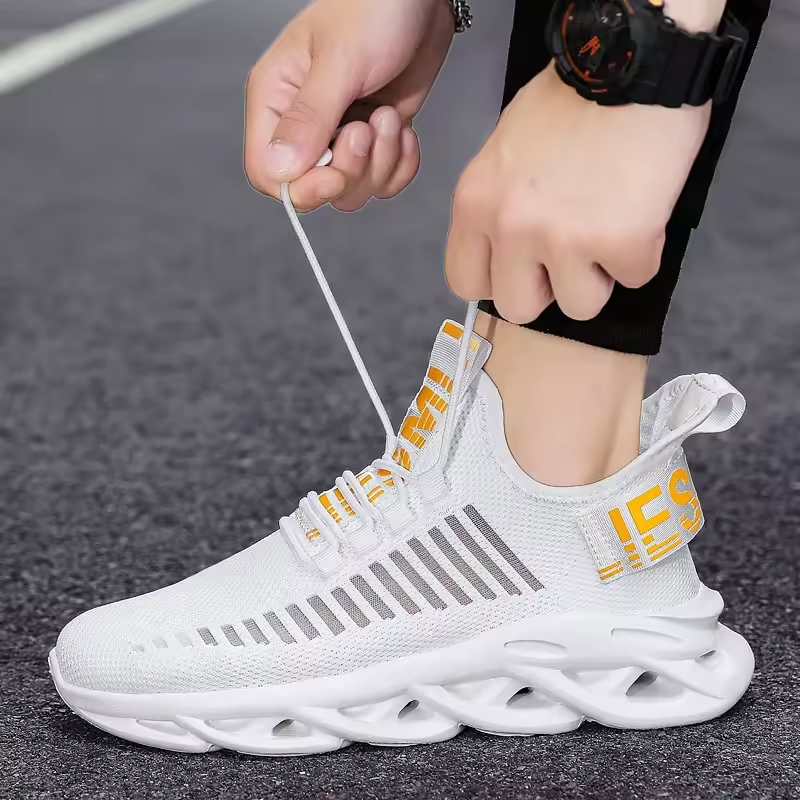 Final Recommendations and Buying Guide
Final Recommendations and Buying Guide
After analyzing features, brands, and individual needs, here’s a curated list of top contenders:
- Best Overall: Hoka One One Clifton 9 (versatile cushioning for daily runs).
- Best for Plantar Fasciitis: Skechers Performance D’Lites (stiff soles and cloudfoam cushioning).
- Best for Flat Feet: Asics Gel-Kayano 29 (pronation control and stability).
- Best for Wide Feet: New Balance 990v5 (roomy toe box and responsive foam).
- Most Sustainable: Allbirds Wool Runner (carbon-neutral production and merino wool uppers).
Conclusion: The “best sneakers” are those that align perfectly with your biomechanics, activities, and values. By prioritizing support, durability, and personal fit, you’ll find a pair that enhances both comfort and performance—whether you’re conquering marathons or walking your dog.